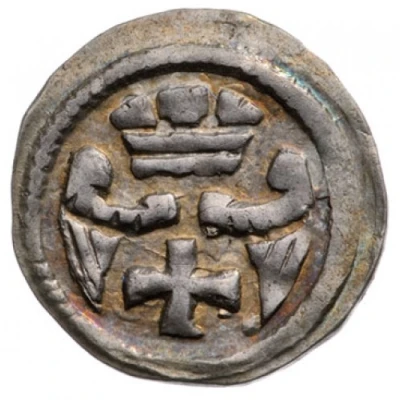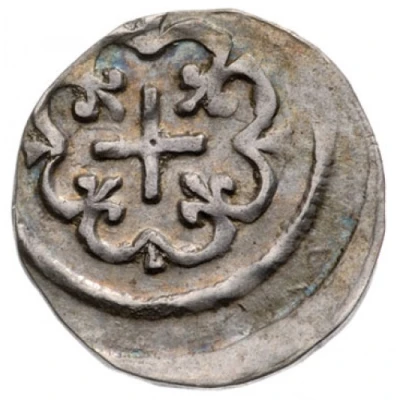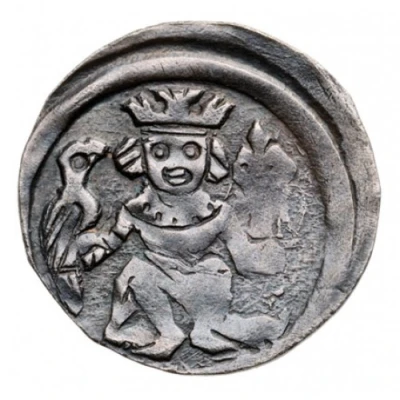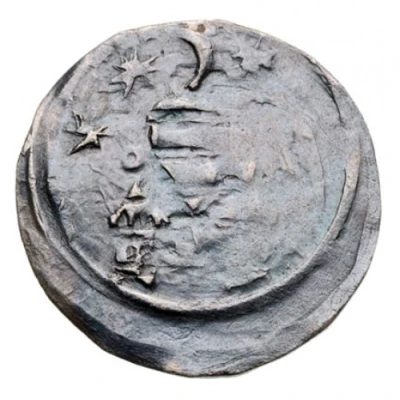


© Numismatics.hu
Obol - Andrew II ND
| Silver | 0.26 g | 9.00 mm |
| Issuer | Hungary |
|---|---|
| King | Andrew II (II. András) (1205-1235) |
| Type | Standard circulation coin |
| Years | 1205-1235 |
| Value | Obol (Obulus) (½) |
| Currency | Denier (997-1310) |
| Composition | Silver |
| Weight | 0.26 g |
| Diameter | 9.00 mm |
| Shape | Round (irregular) |
| Technique | Hammered |
| Demonetized | Yes |
| Updated | 2024-10-05 |
| Numista | N#50654 |
|---|---|
| Rarity index | 97% |
Reverse
Cross surrounded by eight hunks, four lilies at the junctions
Edge
Plain
Interesting fact
The Obol coin from Hungary, issued during the reign of Andrew II (1205-1235), is interesting because it was made of silver, a valuable and durable metal, yet it weighed only 0.26 grams, making it one of the smallest silver coins in circulation at the time. This suggests that the coin was designed to be used for small transactions or as a token of value, rather than as a large denomination coin. Additionally, the fact that it was made of silver indicates that it was intended to be a symbol of value and wealth, as silver was a highly valued metal during that time period.

